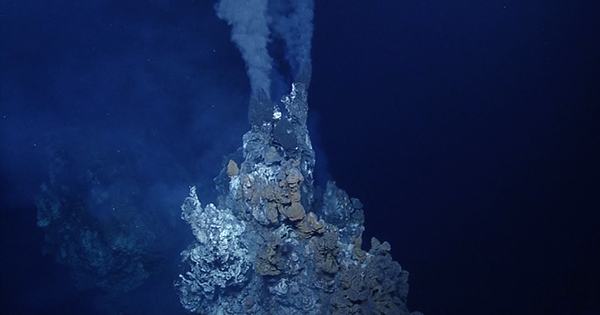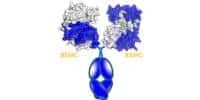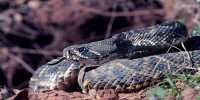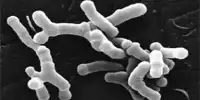Rocks collected in the Barberton Greenstone Belt in South Africa reveal evidence of microbial life in the vicinity of hydrothermal vents 3.42 billion years ago. This discovery involves both how life first appeared on Earth and the possibility of finding it elsewhere in the solar system. One of the great unspoken debates in biology is whether life was created in a warm little pond, as Darwin suggested (probably aided by meteors) or on the seashore near hydrothermal vents. Evidence exists for both, and no discovery is likely to settle the question. However, a research paper from Science Advances encourages the vent direction by establishing a presence of life at least a long time ago.
One problem with studying the life history around hydrothermal vents is that we have very few records. The deep-sea crust is recycled to Earth every few hundred million years, so we know that there is now plenty of life out there, its history is largely hidden. This makes the discovery of Barbara Cavalaji, a professor at the University of Bologna, very significant. Cavalazzi said in a statement, “We’ve found very well-preserved evidence of fossil germs that seem to have developed along the walls of cavities created by hot water from the hydrothermal system a few meters below sea level.”
“Sub-surface habitats heated by volcanic activity may be hosts to some of the world’s earliest microbial ecosystems and are the oldest examples we have found to date.” Although the conditions around this vent, on the one hand, met with pressure, on the deep sea, its shallowness meant it was on a continental shelf that allowed it to be stored.
Microfacil filaments Kavalaji not only saw the indicators of the living source but is well preserved enough that he can detect carbon-rich cell walls and a separate core. The high nickel concentrations found in fossils indicate that they were archaea pracciotes, life forms that survive in oxygen-free environments today, processing methane to strengthen their metabolism. The area around the vents provided energy in the form of heat and provided a nutrient-rich mixture. The cool seawater could create a gradient with which they found their place of comfort.















